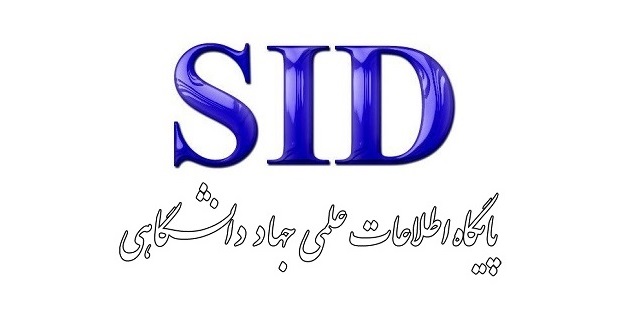بررسی نقش گنبد در معماری دوره صفویه با تکیه بر گنبد مسجد شیخ لطف الله
کلمات کلیدی:
گنبد, ﻣﻌﻤﺎری اﺳﻼمی, دوره صفوی, ﻣﺴﺠﺪ ﺷﯿﺦﻟﻄﻒ اﷲچکیده
هنر اسلامی در وجوه متعددی از جمله در حوزۀ معماری و تزئینات مرتبط با آن از ویژگیها و ظرافتهای زیباییشناسانه منحصر به فردی بهرهمند است. تزئین در تاریخ معماری ایران واجد نقشی شاخص است و از گذشتههای دور تا به امروز پویایی و تداوم خود را همواره حفظ نموده است. به عنوان مثال هنرمندان ایرانی بهخصوص در دوران پساسلجوقی از قطعات کاشی ریز لعابدار به رنگ فیروزهای برای بنا بهره گرفتهاند یا دورۀ صفویه را میتوان اوج تزئین خارجی بنا نامید. در سازههای اسلامی_ ایرانی، گنبد را یکی از نمادین ترین عناصر معماری اسلامی میدانیم که در دوران صفویه بسیار مورد توجّه بوده است. هر چند تزئینات سطح گنبد از دورۀ تیموری به شکل بسیار چشمگیری آغاز میشود اما اوج آن در دورۀ صفوی بسیار جلوهگر است. در این پژوهش سعی در شناساندن و بررسی گنبد مسجد شاخص شیخ لطفالله گردیده است تا رویکرد و علاقه صفویان به نوع تزئینات بیشتر مورد بررسی و تحلیل قرار گیرد. در پژوهش ﺣﺎﺿﺮ، از روش ﺗﺤﻘﯿﻖ ﺗﻮصیفی ﺗﺤﻠﯿلی ﺑﺎ ﺑﻬﺮهگیری از اﺑﺰار کتاﺑﺨﺎﻧﻪای ﺑﻪ ﺗﺠﺰﯾﻪ وﺗﺤﻠﯿﻞ پرداﺧﺘﻪ ﺷﺪه اﺳﺖ .گنبد ﻣﺴﺠﺪ ﺷﯿﺦ ﻟﻄﻒ اﷲ، ﻫﻢ از ﻧﻈﺮ ﻓﺮم و ﻫﻢ از ﻟﺤﺎظ ﻫﻤﺎهنگی در ﻧﻘﻮش و رنگ، گویای ﺗﻨﺎﻇﺮ ﺑﯿﻦ ﺻﻮرت و ﻣﻌﻨﺎ ﺑﻪ ﺑﻬﺘﺮﯾﻦ شکل ممکن است. اﯾﻦ گنبد ﻧﻤﻮد عینی اﻧﻄﺒﺎق ﺻﻮرت و ﻣﻌﻨﺎ در ﻣﻌﻤﺎری اﺳﻼمی است.
دانلودها








